 |
| October 05, 2020 |
Dear Reader,
The 2020 Nobel Prize in Physiology or Medicine was jointly awarded to Harvey J. Alter, Charles M. Rice and Michael Houghton for the discovery of the hepatitis C virus, which causes severe liver disease and chronically infects more than 70 million people worldwide. Read our lead story for the details. Up next, an expert on airborne virus transmission explains the conditions in which President Trump or his family could have infected former Vice President Biden or anyone else at the debate. And lastly, check out a piece on how the family tree of humanity is much more interconnected than we tend to think. |
| | Sunya Bhutta, Senior Editor, Audience Engagement
@sunyaaa | |
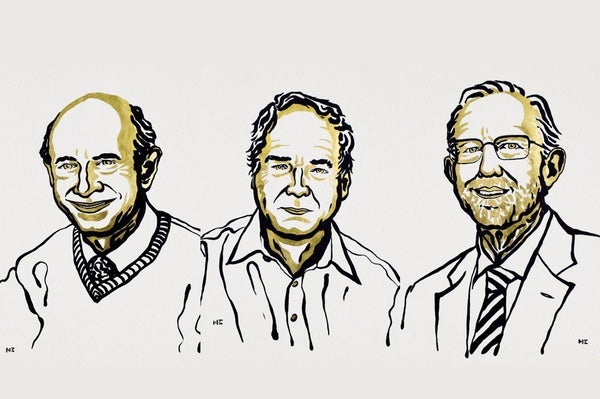 |
| |
| |
| |
| |
| |
| |
| |
| |
FROM THE STORE
 | | Technology vs. Truth: Deception in the Digital Age In the digital age, information, both true and false, spreads faster than ever. The same technology that provides access to data across the globe can abet the warping of truth and normalization of lies. In this eBook, we examine the intersection of truth, untruth and technology, including how social media manipulates behavior, technologies such as deepfakes that spread misinformation, the bias inherent in algorithms and more. |  | | |
| |
LATEST ISSUES
 |
| |
| Questions? Comments?  | |
| Download the Scientific American App |
| |
| |




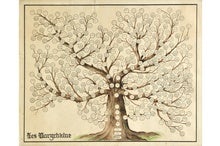

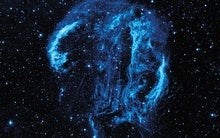
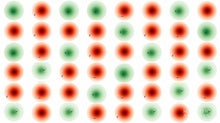

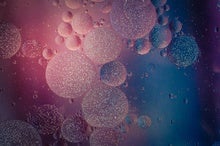
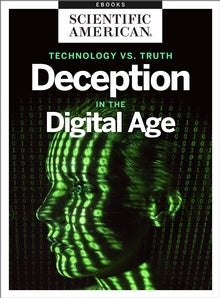

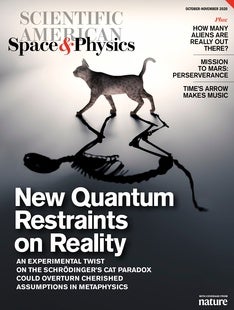

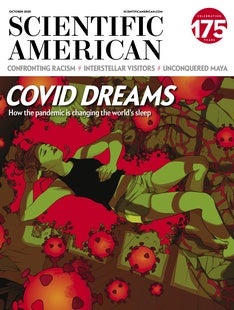
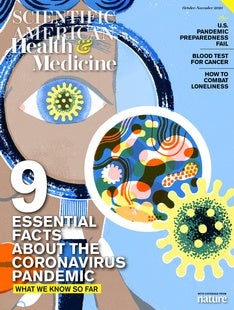
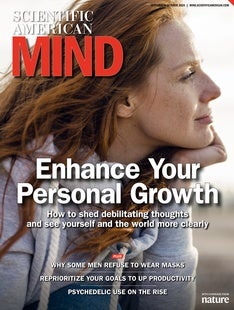



Comments
Post a Comment